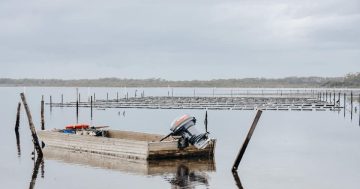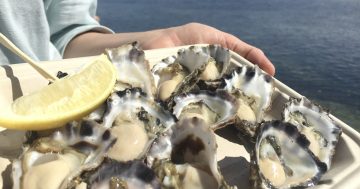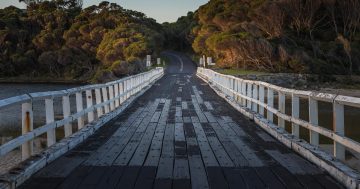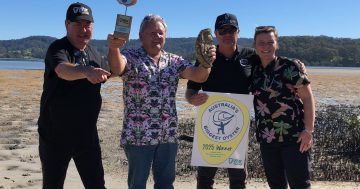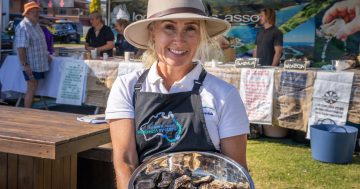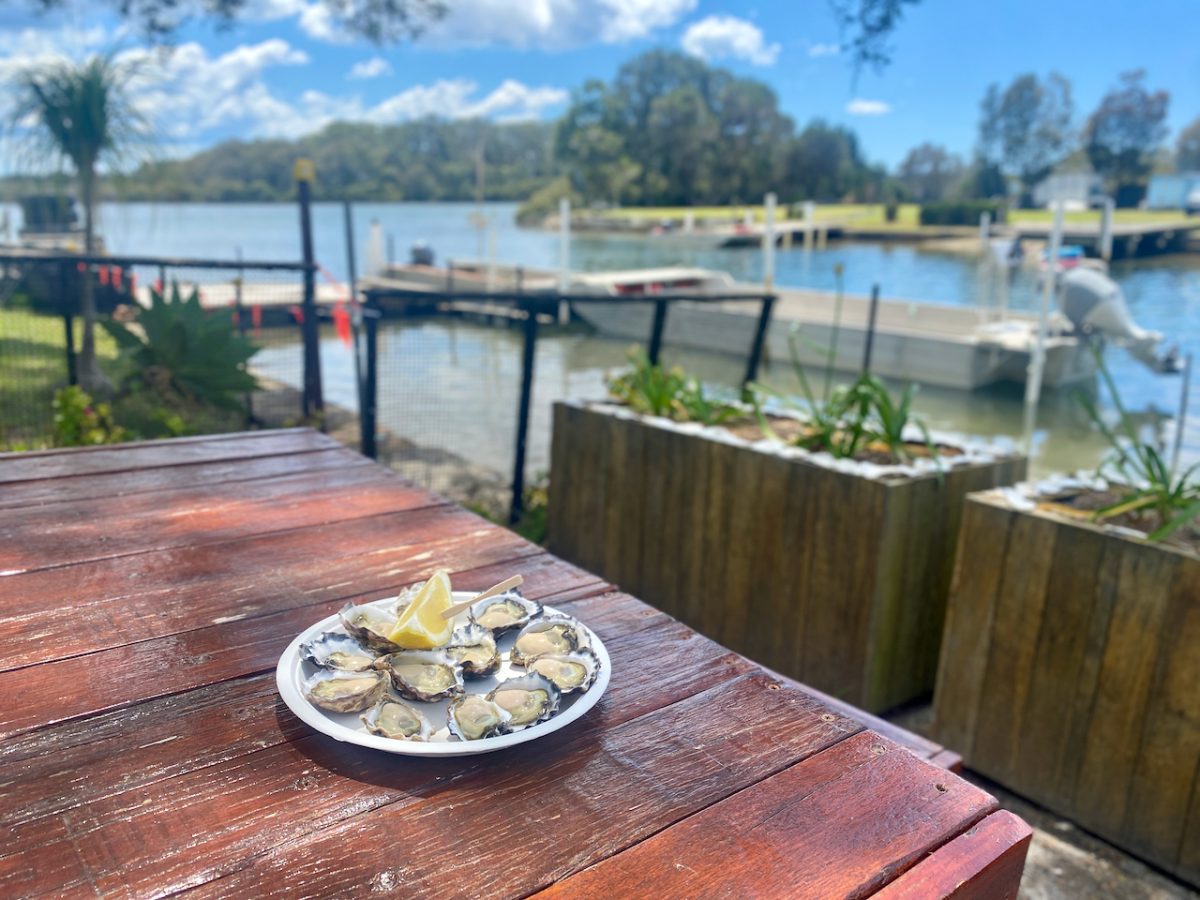
South Coast oyster farmers are bracing for a tight Christmas. Photo: Lucy Ridge.
Oysters are a staple of many a Christmas lunch, but a bounty from some South Coast farmers is still in question.
Late November and early December saw houses inundated and floods in parts of the South Coast and Shoalhaven areas of NSW.
Industry support officer Anna Simmons from Sapphire Coast Wilderness Oysters, an oyster farmer association representing oyster producers in the Bega Valley, said many were recovering.
“Realistically, the cleanup of flood impacted oyster leases can take several weeks as more debris flows down the catchment,” she said.
“While most heavily impacted leases have now had emergency repairs completed, many of these will be temporary until the farmer has the time and resources to completely rebuild or replace the damaged infrastructure.”
In the Bega Valley, Wapengo Lake, Nelson Lagoon and Merimbula Lake are among the waterways able to reopen in time for Christmas.
Meanwhile, Pambula Lake and Wonboyn Lake are among those with catchment inflows more heavily impacted by the rain, which means they will stay closed until after Christmas.
“These farmers have copped significant lease damage and lost growing infrastructure and stock,” Ms Simmons said.
“It’s likely to take this group of farmers months, if not years, to recover from recent weather events.”
Second-generation oyster farmer Dom Boyton said he was one of the “lucky” ones able to reopen.
“We were pretty confident that we could open before Christmas, and we opened on Tuesday [19 December],” he said.
“It’s a lot of stress off my shoulders that we could open.”
At Merimbula Gourmet Oysters, he and his team grow Sydney rock oysters and Angazi oysters in Merimbula, and also at a smaller farm in Pambula Lake.
Mr Boyton said he was hard at work fulfilling as many orders as possible.
“We were lucky – we have a few days to get our stock for our local sales,” he said.
“Unfortunately, most of the South Coast has opened too late to have a good impact for the wholesalers for Christmas.
“They had us all pencilled in for a supply and then it was taken out from under them, as well.”
Mr Boyton said having to close after heavy rainfall wasn’t a rare thing for oyster farmers.
“For us, this closure wasn’t too bad; it was just bad timing for it to happen when it did,” he said.
“I was going through all my Christmas messages and I got to my orders from 2021 – it was exactly the same.
“It’s not unheard of.”
Mr Boyton said that following heavy rain testing was done to ensure water quality.
“We have designated sample sites throughout the estuaries and it’s normally at points where pollution will most probably be coming entering the lake,” he said. “That is, small creeks and drains and that sort of stuff.
“We collect the water and oysters and send them off to a lab in Sydney to make sure they’re below the level needed for us to sell them.”
Ms Simmons is confident in the oyster farming industry on the Sapphire Coast as 2024 nears, despite the challenges.
“On the whole, 2023 has been a good season for Sapphire Coast oyster farmers after a very challenging few years,” she said.
“The outlook for the local industry going into 2024 and beyond is overwhelmingly positive.
“Demand for Sapphire Coast oysters is strong, and farmgate prices are at a record high.”







